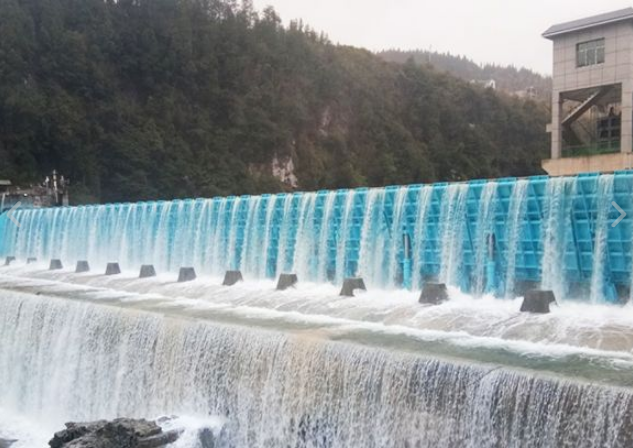

Dams and reservoirs are essential components of water resource management systems that play significant roles in providing water supply, generating hydroelectric power, controlling flooding, and supporting various environmental and recreational activities. While they are closely related, dams and reservoirs have distinct functions and characteristics. In this article, we will explore the differences between dams and reservoirs to better understand their individual roles in water management.
- A dam is a barrier or structure built across a river or watercourse to impound or divert water for various purposes.
- Its primary purpose is to control the flow of water, store it, and often release it in a regulated manner.
- Dams can serve multiple functions, including flood control, water supply, irrigation, and hydroelectric power generation.
- Dams are constructed to store water in a controlled manner, allowing for its release when needed for downstream use.
- A reservoir is an artificial or natural water body formed behind a dam or created by other means, such as excavation or impoundment.
- Its primary purpose is to store and manage water resources, often serving as a long-term storage facility.
- Reservoirs are typically formed by the impoundment of water behind a dam and can store vast quantities of water for various uses.
- Dams are primarily built to regulate and control the flow of water in rivers and streams.
- They can mitigate floods by temporarily storing excess water during heavy rainfall and then releasing it gradually.
- Dams can divert water for irrigation, municipal water supply, industrial use, and agricultural purposes.
- Many dams are constructed to harness the energy of flowing water to generate hydroelectric power.
- Reservoirs are essentially large storage containers for water, created by impounding water behind a dam or through other means.
- They store water for long periods, allowing for consistent water supply during dry seasons or droughts.
- Reservoirs can serve as recreational areas for boating, fishing, and swimming, as well as provide habitat for wildlife and vegetation.
- Water from reservoirs is released for downstream users as needed, including agriculture, industry, and municipal supply.

- Dams are engineered structures designed to withstand hydraulic forces, such as water pressure and erosion.
- They consist of various components, including the dam wall or embankment, spillways for excess water discharge, and outlets for controlled releases.
- Dam designs vary based on their intended purpose, with differences in size, shape, and materials used.
- Reservoirs are the water bodies created or formed behind dams or by other means.
- Their size and shape depend on the topography of the area and the design of the dam.
- Reservoirs can vary greatly in size, from small ponds to vast bodies of water covering hundreds of square miles.
- The construction of dams can have significant environmental impacts, including altering natural river ecosystems, disrupting fish migration, and inundating terrestrial habitats.
- Dams can also lead to sediment buildup in reservoirs, affecting water quality and reducing reservoir capacity over time.
- Environmental mitigation efforts, such as fish ladders and habitat restoration, are often implemented to mitigate negative effects.
- Reservoirs can have both positive and negative environmental impacts.
- They create opportunities for recreational activities and can provide habitat for aquatic life.
- However, they can also alter local ecosystems and water quality, leading to changes in temperature, sedimentation, and nutrient levels.
- Hydraulic dams are actively managed to control water levels and releases based on the needs of downstream users, flood control, and power generation.
- Dam operators must carefully balance water storage, flood control, and other factors to meet various demands.
- Reservoirs are managed to ensure a consistent and reliable supply of water for various purposes, including agriculture, municipal supply, and industrial use.
- Management strategies often involve adjusting water levels, releases, and storage capacity based on changing water availability and demand.
- Hoover Dam, located on the Colorado River in the United States, is a notable example. It primarily serves the purposes of hydroelectric power generation, flood control, and water supply.
- Lake Mead, formed by the Hoover Dam, is a vast reservoir that stores water from the Colorado River. It provides water for cities, agriculture, and recreation in the southwestern United States.
Dams and reservoirs are integral components of water resource management systems, each serving distinct but interconnected roles. Dams are engineering marvels designed to control water flow, store water, and harness hydroelectric power, while reservoirs are the water bodies created by dams or other means for long-term water storage. Understanding the differences between dams and reservoirs is essential for effective water resource management and sustainable environmental practices. Balancing the benefits of these structures with their potential environmental impacts is a key challenge in water management today.